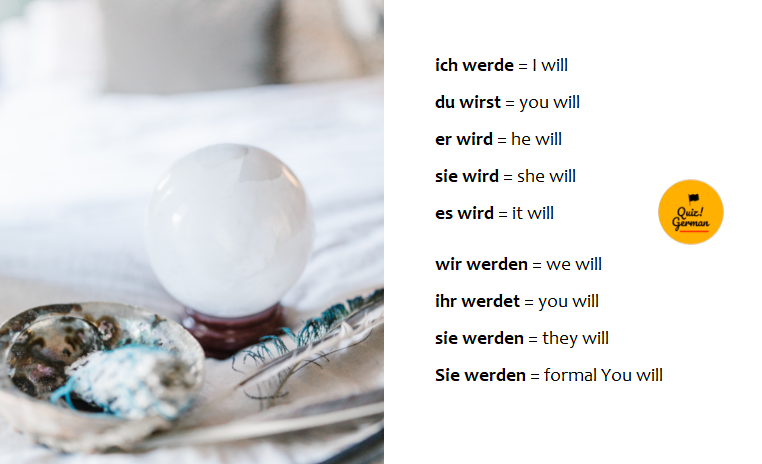MACHEN | PRESENT TENSE | GRAMMAR
 |
| Original photo: Pexels.com |
Conjugation of machen = to make *Present tense*
The German verb for "make" is "machen". As you can see, "make" and "machen" are quite similar words, such as "bake" and "baken".
The conjugation of "machen" in the present tense is also quite similar in structure as it is in English. It stands at the second place in the sentence after the subjective. In case of questions it stands at the first place in the sentence.
The conjugation of "machen" in the present tense is also quite similar in structure as it is in English. It stands at the second place in the sentence after the subjective. In case of questions it stands at the first place in the sentence.
However, the verb "machen" has different forms in every subjective case (ich, du, er, sie, es, man, wir, ihr, sie, Sie). The common logic is that we put the different endings to the stem of verb MACH respectively:
ich mache
du machst
er/sie/es/man/ihr macht
wir/sie/Sie machen
Unless we talk about an activity that happens regularly, we tend to use the verb "machen" in continuous form when it's translated to English.
Man macht eine Torte.
One is making a cake.
Man macht keine Torte.
SIE (they)
You are not making any cake.
Example of a regular activity (translated to English in simple present tense):
Ich mache Ordnung montags. (= I tidy up on Mondays.)
For an activity that is happening now we use the present continuous tense.








Comments
Post a Comment